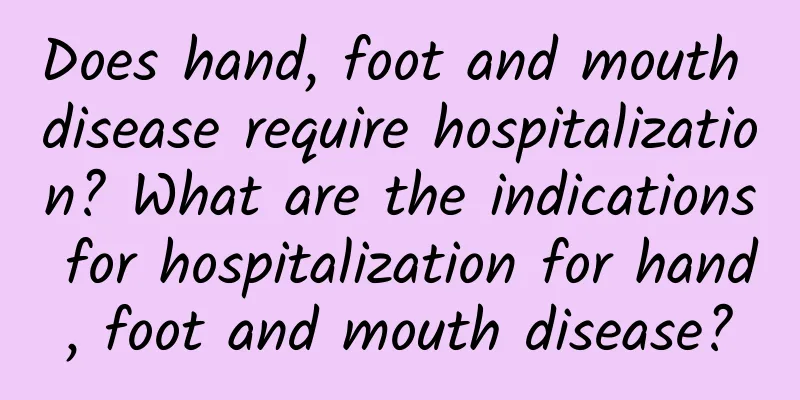The dangers and side effects of neonatal jaundice

|
Neonatal jaundice may cause serious complications, such as bilirubin encephalopathy, which must be taken seriously and treated promptly. It is mostly caused by abnormal bilirubin metabolism, and premature birth and breastfeeding are also high-risk factors. Active responses, including phototherapy and exchange transfusion therapy, can effectively reduce the risk. 1 Causes of neonatal jaundice Neonatal jaundice is mainly divided into physiological and pathological. From the perspective of genetic factors, if there is a history of bilirubin metabolism disorders in the family, the risk of neonatal jaundice may increase. Environmental factors, such as low room temperature and untimely feeding after the birth of the newborn, may affect the metabolism of bilirubin. Physiologically, the liver function of the newborn is not yet mature and cannot metabolize bilirubin efficiently, which can easily lead to increased bilirubin in the blood. Pathological jaundice may be caused by hemolytic diseases such as maternal and child blood type incompatibility, infections such as sepsis, traumatic head birth injuries, subcutaneous hematomas or premature births. 2 The dangers of neonatal jaundice Physiological jaundice generally disappears within two weeks and has no obvious adverse effects on health. Pathological jaundice is potentially harmful, especially when the bilirubin concentration is too high, which may lead to bilirubin encephalopathy, also known as kernicterus, which can damage the baby's brain development and, in severe cases, can cause deafness, visual impairment, and even cerebral palsy. Jaundice may also affect the baby's liver and kidney function, leading to an increased risk of infection. 3 Treatment of neonatal jaundice 1. Phototherapy: Using blue light to degrade bilirubin in the blood is a common method for treating neonatal jaundice. The duration and frequency of phototherapy should be determined according to the condition. 2. Exchange transfusion therapy: It is used for children with severe jaundice or acute bilirubin encephalopathy, which helps to quickly reduce the bilirubin content in the blood. This method requires to be performed in experienced medical institutions. 3. Drug treatment: Enzyme inducers can promote bilirubin metabolism, and intravenous albumin can reduce the risk of bilirubin entering the brain, but it needs to be used after evaluation by a professional doctor. 4 Breastfeeding adjustments: Due to breast milk jaundice, it is recommended to suspend breastfeeding for 48 hours and increase formula feeding. Breastfeeding can be gradually resumed after the jaundice is alleviated. Paying attention to early detection and standardized treatment of neonatal jaundice can avoid serious complications. Parents need to observe whether their children have symptoms such as yellowing of the skin and sclera, and seek medical attention as soon as possible if there are any abnormalities. Relying on professional medical means, combined with good feeding and care methods, can help newborns quickly recover healthy development. |
<<: What are the early symptoms of polio?
>>: What tests are done to diagnose Hirschsprung's disease?
Recommend
What to do if your baby has phlegm in his throat after 2 months of coughing? Here are 4 ways to easily solve the problem of phlegm in your baby's throat
Children are actually very prone to coughing or h...
What are the symptoms of neonatal jaundice? Is yellowing of the whites of the baby’s eyes jaundice?
Neonatal jaundice is a very common disease. Child...
What are the causes of infant eczema? There are 7 common factors that cause infant eczema.
Eczema is one of the diseases that bothers many b...
How much does it cost to treat acute laryngitis in children?
The phenomenon of acute laryngitis in children is...
What are the symptoms of herpes simplex virus pneumonia? 3 symptoms of herpes simplex virus pneumonia
What are the symptoms of herpes simplex virus pne...
What are the early symptoms of polio?
The early symptoms of polio include fever, sore t...
What is the cure rate for congenital heart disease in children?
For some families with children suffering from co...
What to do if your baby catches a cold and coughs
The baby's physical fitness is very affected ...
What causes jaundice in newborn babies?
High jaundice in newborn babies may be related to...
What are the dangers of ADHD in children
What are the harms that ADHD brings to children? ...
The main ways hand, foot and mouth disease is transmitted
Hand, foot and mouth disease is a common infectio...
How to treat hand, foot and mouth disease in children
The treatment of hand, foot and mouth disease in ...
Why do newborns often suffer from jaundice? The three common causes of neonatal jaundice are revealed
There are three main reasons for the high inciden...
The most scientific way to prevent pneumonia in children
Neonatal pneumonia is particularly common in life...
What should I do if my 8-month-old baby has indigestion? What are the symptoms of indigestion in babies?
8. Indigestion in infants After the holidays, the...









